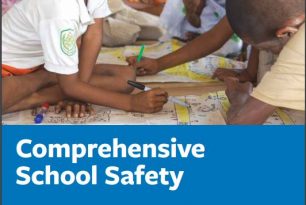
This framework provides a comprehensive approach to reducing risks from all hazards to the education sector.
![]()
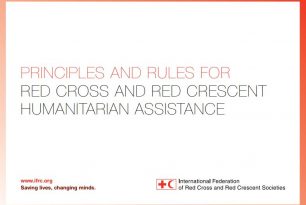
These Principles and Rules for Red Cross and Red Crescent Humanitarian Assistance govern National Societies and their International Federation in international humanitarian assistance (excluding armed conflict, internal strife and their direct results).
These Principles and Rules recognize the importance of strengthening organizational, coordination and delivery capacities of National Societies, to respond to the increasing number and complexity of disasters and the growing number of vulnerable people. They call for greater collective learning, adaptation, innovation and leadership to ensure that the Movement achieves greater humanitarian impact. These Principles and Rules encompass preparedness for response, disaster relief and early recovery activities. They complement commitments to disaster risk reduction and seek to encourage National Societies to link relief, recovery and development. They establish a coordinated and agreed approach to quality and accountability, and recognize partnerships with public authorities, humanitarian actors and other organizations external to the Movement. These Principles and Rules are adopted within the statutory framework of the Movement.
![]()
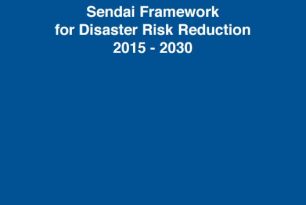
The framework aims to achieve the substantial reduction of disaster risk and losses in lives, livelihoods and health and in the economic, physical, social, cultural and environmental assets of persons, businesses, communities and countries over the next 15 years.
The framework applies to the risk of small-scale and large-scale, frequent and infrequent, sudden and slow-onset disasters, caused by natural or manmade hazards as well as related environmental, technological and biological hazards and risks. It aims to guide the multi-hazard management of disaster risk in development at all levels as well as within and across all sectors.
![]()
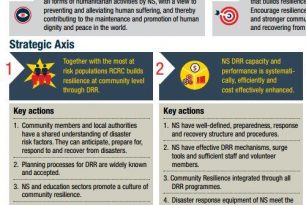
This Strategy is intended to support National Societies (NS) strategic decision-making and planning as well as align local and national level disaster risk reduction. Having a region-wide alignment of actions will allow NS to work better together and support each other in times of disasters and crisis. This document will also support the planning of IFRC Secretariat Support to NS at various stages of the NS Development.
![]()
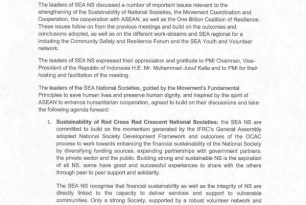
The outcome document resulted from the 13th Southeast Asia Red Cross Red Crescent Leadership meeting that was held in Jakarta, Indonesia, on 27-28 September 2016, with the participation of the leaders of the National Societies of Brunei Darussalam, Cambodia, Indonesia, Lao, Malaysia, Myanmar, Philippines, Singapore, Thailand, Timor-Leste and Viet Nam. The meeting was hosted by PMI of Indonesia ans supported by ICRC and IFRC.
The meeting saw the discussions of issues relevant to strengthening of the sustainability of National Societies, the Movement coordination and cooperation, the cooperation with ASEAN, as well as the One Billion Coalition for Resilience.
![]()
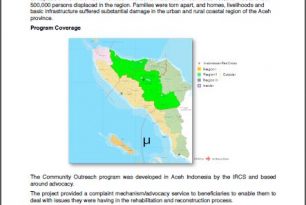
The 4-pager document summarizes several Red Cross beneficiary communications and accountability initiative since 2006 to 2012, which includes:
Community outreach programme 2006-2009 by Irish Red Cross
Haiti beneficiary communications program started in 2010, by Irish Red Cross and IFRC
Pakistan beneficiary communcations and accountability in 2010 by IFRC
![]()